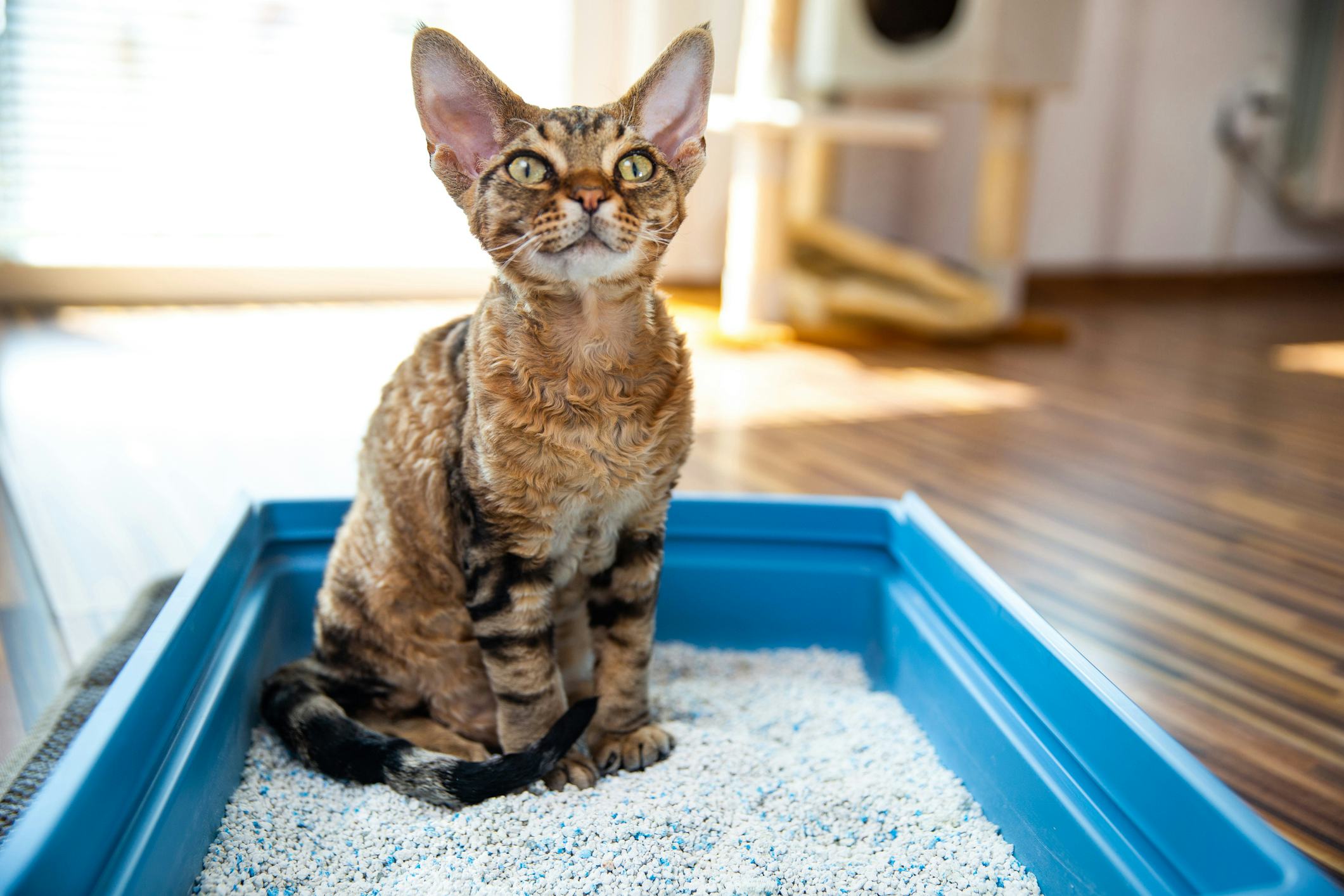Prevent Plumbing Problems: Never Flush Cat Poop Down Your Toilet - Professional Advice
Prevent Plumbing Problems: Never Flush Cat Poop Down Your Toilet - Professional Advice
Blog Article
Here in the next paragraph you can discover more sound tips regarding How to Dispose of Cat Poop and Litter Without Plastic Bags.

Introduction
As cat owners, it's important to bear in mind exactly how we take care of our feline good friends' waste. While it might appear convenient to purge cat poop down the toilet, this technique can have harmful repercussions for both the setting and human health and wellness.
Environmental Impact
Flushing cat poop presents damaging pathogens and bloodsuckers into the water supply, posturing a considerable threat to water ecosystems. These contaminants can adversely affect aquatic life and compromise water high quality.
Wellness Risks
Along with environmental worries, flushing cat waste can additionally present health risks to humans. Feline feces may have Toxoplasma gondii, a bloodsucker that can cause toxoplasmosis-- a possibly severe disease, particularly for expectant females and people with damaged body immune systems.
Alternatives to Flushing
Fortunately, there are safer and a lot more accountable methods to get rid of feline poop. Think about the complying with alternatives:
1. Scoop and Dispose in Trash
One of the most common approach of getting rid of feline poop is to scoop it right into a naturally degradable bag and toss it in the garbage. Make certain to make use of a devoted litter inside story and take care of the waste quickly.
2. Use Biodegradable Litter
Opt for naturally degradable cat litter made from materials such as corn or wheat. These clutters are eco-friendly and can be securely thrown away in the trash.
3. Bury in the Yard
If you have a backyard, think about hiding feline waste in a designated location far from veggie gardens and water sources. Make sure to dig deep sufficient to stop contamination of groundwater.
4. Install a Pet Waste Disposal System
Buy a pet waste disposal system particularly created for cat waste. These systems use enzymes to break down the waste, decreasing odor and environmental influence.
Conclusion
Responsible pet possession extends beyond offering food and sanctuary-- it also includes correct waste monitoring. By avoiding purging pet cat poop down the toilet and going with alternative disposal approaches, we can lessen our environmental impact and shield human wellness.
Why Can’t I Flush Cat Poop?
It Spreads a Parasite
Cats are frequently infected with a parasite called toxoplasma gondii. The parasite causes an infection called toxoplasmosis. It is usually harmless to cats. The parasite only uses cat poop as a host for its eggs. Otherwise, the cat’s immune system usually keeps the infection at low enough levels to maintain its own health. But it does not stop the develop of eggs. These eggs are tiny and surprisingly tough. They may survive for a year before they begin to grow. But that’s the problem.
Our wastewater system is not designed to deal with toxoplasmosis eggs. Instead, most eggs will flush from your toilet into sewers and wastewater management plants. After the sewage is treated for many other harmful things in it, it is typically released into local rivers, lakes, or oceans. Here, the toxoplasmosis eggs can find new hosts, including starfish, crabs, otters, and many other wildlife. For many, this is a significant risk to their health. Toxoplasmosis can also end up infecting water sources that are important for agriculture, which means our deer, pigs, and sheep can get infected too.
Is There Risk to Humans?
There can be a risk to human life from flushing cat poop down the toilet. If you do so, the parasites from your cat’s poop can end up in shellfish, game animals, or livestock. If this meat is then served raw or undercooked, the people who eat it can get sick.
In fact, according to the CDC, 40 million people in the United States are infected with toxoplasma gondii. They get it from exposure to infected seafood, or from some kind of cat poop contamination, like drinking from a stream that is contaminated or touching anything that has come into contact with cat poop. That includes just cleaning a cat litter box.
Most people who get infected with these parasites will not develop any symptoms. However, for pregnant women or for those with compromised immune systems, the parasite can cause severe health problems.
How to Handle Cat Poop
The best way to handle cat poop is actually to clean the box more often. The eggs that the parasite sheds will not become active until one to five days after the cat poops. That means that if you clean daily, you’re much less likely to come into direct contact with infectious eggs.
That said, always dispose of cat poop in the garbage and not down the toilet. Wash your hands before and after you clean the litter box, and bring the bag of poop right outside to your garbage bins.
https://trenchlesssolutionsusa.com/why-cant-i-flush-cat-poop/

I was guided to that report on Can You Flush Cat Poo or Litter Down the Toilet? through an acquaintance on another domain. Liked our blog? Please share it. Help others find it. I take joy in reading our article about How to Dispose of Cat Poop and Litter Without Plastic Bags.
Check Us Out Report this page